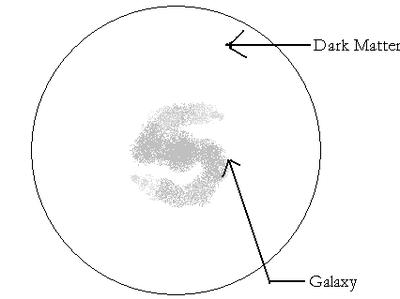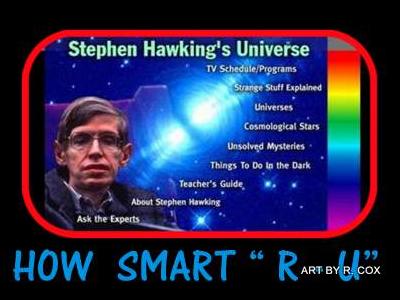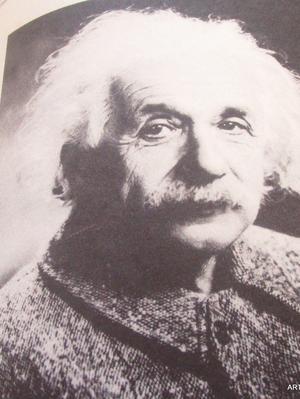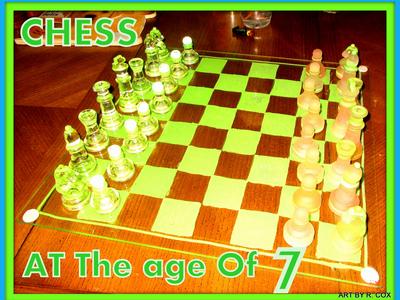
Source: Fig.1 shows an artists simplified representation of the composition of the universe. (Loom91 2005) available from: https://commons.wikimedia.org/wiki/File:DarkMatterHalo.png
Rather than referring to the missing piece of the puzzle as ‘95% of the mass of the universe’ scientists decided on a not-so-long-winded name as Dark Matter along with Dark Energy. Which sounds even more eerie. On the contrary, is it really fair to call only 5% of the universe the normal when surely this is the minority. It seems almost logical that dark matter and energy is the norm of the universe.
Dark matter cannot interact with electromagnetic forces, thus it will not absorb, emit or reflect light meaning we simply cannot see it. Dark matter cannot be made up of atoms as they would not be able to co-operate via electromagnetic forces and so could not form anything. However, according to physics and mathematics it must exist. If the universe relied only upon the gravitational forces that each planet, star or other celestial object has on one another, then the universe would have torn itself up long long ago and spun well out of proportion. As stars at the edge of galaxies move with greater velocity than expected for their mass, another form of energy must act. This was found in the 1970’s by astronomer Vera Rubin proposing the galaxy rotation problem.
This very concept remains as one of the most curious concepts of modern physics that is unanswered.
















